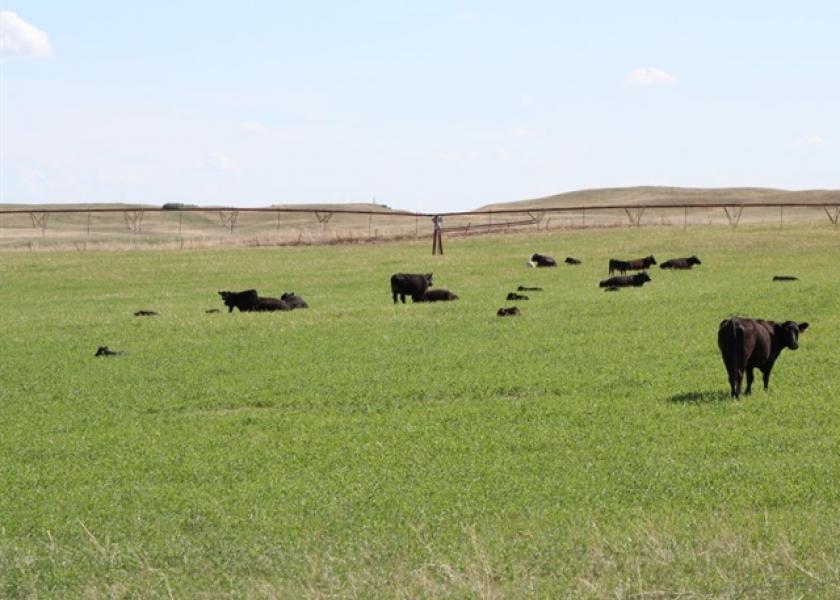Conventional Seedbeds for Native Grass Establishment

Although native grasses can be effectively established using no-till seeding, you can also use conventional tillage for planting. For growers who prefer to reduce herbicides use, this can be a good option. When using a conventional seedbed, there are several important steps you should follow.
By: Pat Keyser, Professor and Director, Center for Native Grasslands Management at University of Tennessee
Controlling perennials is critical regardless of your seedbed preparation approach. Competitors such as johnsongrass, bermduagrass, and tall fescue will not be controlled with shallow tillage such as discing or roto-tilling. In fact, soil disturbance will spread many of these species and lead to more competition. You will need to plow to effectively control these species. Even then, you will need to follow plowing with repeated discing. Because of the need for more aggressive tillage, conventional seedbeds can pose more of a risk for soil erosion. Therefore, you will need to either avoid steeper sites prone to erosion or use no-till practices on them.
Starting early - perhaps as much as 12 months prior to the planned seeding - will be important on any site where you will use conventional tillage. This will allow time for multiple passes across the field, which is critical for perennial weeds, and to destroy weeds during multiple seasons. Early spring or fall tillage is best for eliminating cool-season weeds, while warm-season weeds will require treatment during summer.
Controlling annuals is easier than controlling perennials since annuals do not have deep, well-established root systems. However, annuals are much easier to control when they are small. For instance, crabgrass, a major challenge when establishing perennial grasses, is best controlled in May and early June. Two to three passes separated by a few weeks (to allow additional weed seed to germinate) will likely be necessary before the seedbed is ready to plant. Winter annuals can be easily controlled in March and early April and are less of a problem.
Seedbed quality is also very important. Native grass seeds are small and require both shallow planting depths (about ¼ inch is ideal – and always less than ½ inch) and good seed-soil contact. (Eastern gamagrass is an exception and is best planted at about ¾ - 1 inch deep). Therefore, seedbeds should be fine – large clots must be broken up – and firm. When you walk across a conventionally prepared seedbed your footprints should not make deep impressions. The firmer, the better. To achieve this firmness, you may need to wait on a rain to settle the soil or make a few passes with a culti-packer – or both. Thatch will typically be eliminated through successive tillage passes, but regardless, it needs to be minimal before planting – less than ¼ inch deep is a good target.
By following these guidelines - and with some timely rain - you should be able to successfully establish native grasses. They can provide your operation with a highly drought-tolerant stand of perennial summer forage that can last for many years with proper management.
For more information see: Establishing Native Warm-season Grasses for Livestock Forage in the Mid-South







